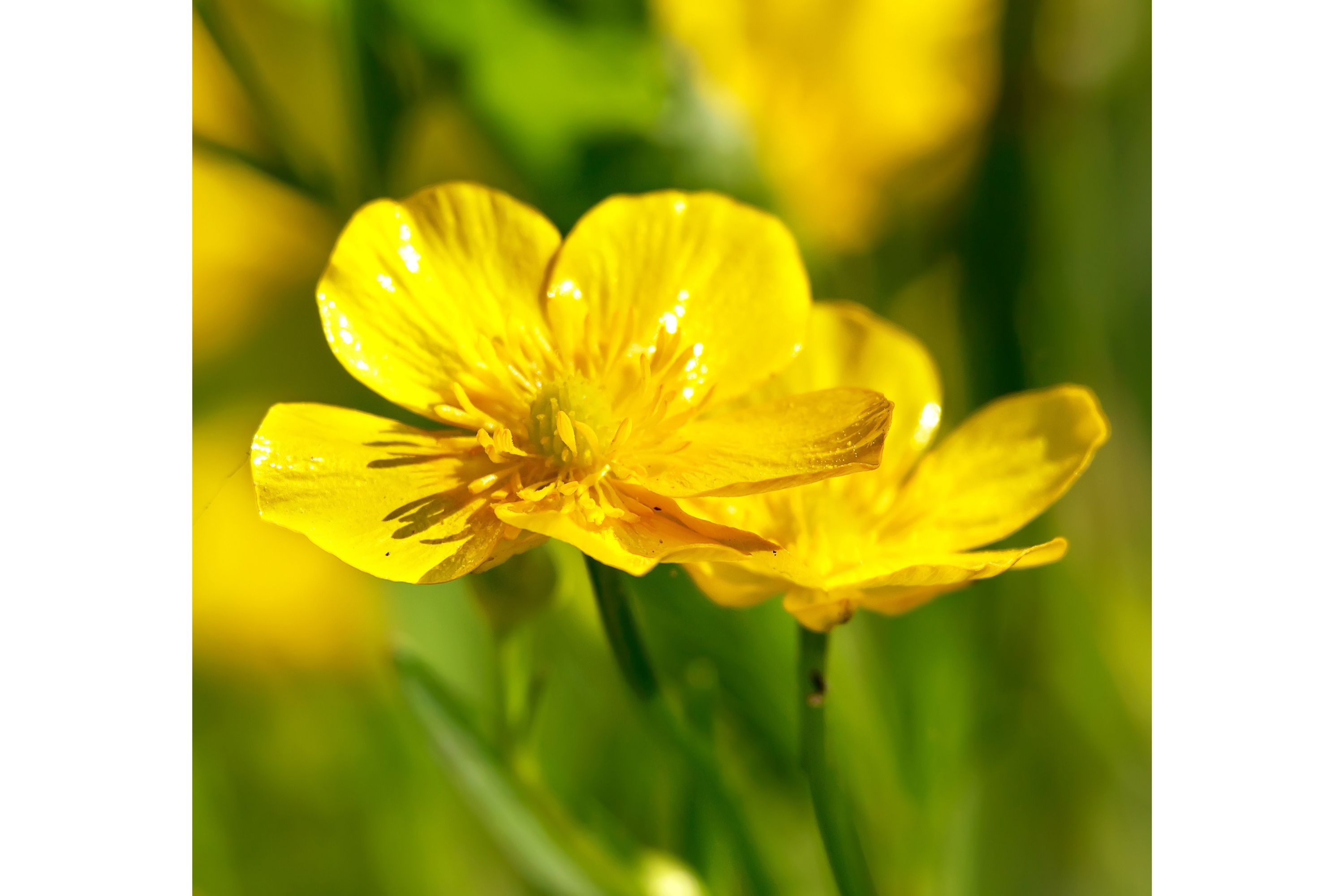Alpine buttercup
(Ranunculus acraeus)

Description
Ranunculus acraeus, more commonly known as Alpine buttercup, is a species of flowering plant in the buttercup family, Ranunculaceae, found in New Zealand. This rare and native species strictly grows on an alpine habitat, hence the name acraeus, meaning “on high”. The plant grows about 50 cm (20 in) in width, and is covered in beautiful, bright yellow flowers. It may be mistaken for R. piliferus but research has shown R. acraeus to be its own distinctive species. R. acraeus is endemic, therefore it is isolated to a specific geographic location. It is found only in South Island, North Otago, New Zealand - more specifically, Barrier Range, St Marys Range, St Bathans Range, Kakanui Mountains, Ida Range, and the Waitaki Valley regions of South Island, North Otago. It is also found in Hall Range and Godley River valley regions of southwest Canterbury. It occurs in small, scattered subpopulations. The largest population of about 200 plants has been found on Mount St. Mary in St. Mary's Range. The smallest population of about three to four plants has been found on mountains around the Ohau skifield and near Tekapo. Current abundance and distribution information show that R. acraeus is nationally critical and acutely threatened. Known threats include introduced herbivores such as chamois, hare, and thar. Domestic sheep in the high alpine basin are also potential threats to R. acraeus during summer grazing. These are a threat to other alpine plant species as well. R. acraeus is specific to high alpine environments. It grows in stable, coarse rock fields of non-foliated schist and greywacke. The rocks have been fractured into coarse and angular rocks of different sizes and shapes. The rocks are about 10–30 cm in diameter. They are found on boulder fields of mountains with an upward height of 1500 meters. These buttercups do not grow well at lower altitudes and will die. R. acraeus has been mistaken for R. piliferus but minute morphological differences distinguish each plant as its own species. R. acraeus has finely crenate (wavy-toothed) leaves and bract margins. The plant also has a glabrous peduncle and 6 to 7 sepals that are glabrous on the adaxial surface and hairy on the abaxial surface. Glabrous means that it is smooth, glossy, and not hairy.
Taxonomic tree:







